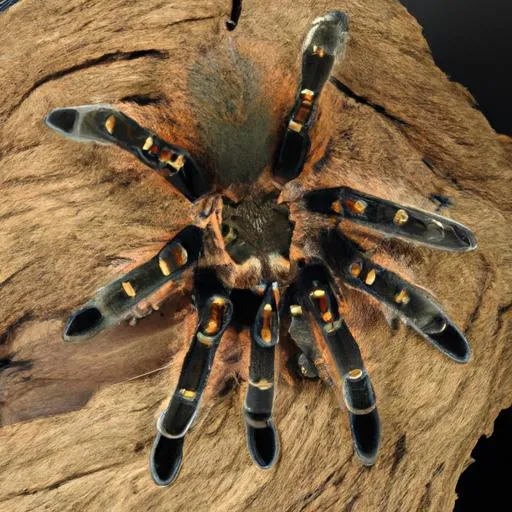Understanding Curly Hair Tarantula Bites
The curly hair tarantula (Tliltocatl albopilosus) is a popular pet due to its docile nature and beautiful appearance. However, like all tarantulas, they possess fangs and can bite if they feel threatened. Understanding what happens when a curly hair tarantula bites is crucial for both pet owners and anyone who might encounter one of these spiders. This guide provides comprehensive information on what to do if you are bitten, from immediate first aid to long-term care. It is essential to remain calm and follow the steps outlined here if you experience a bite from a curly hair tarantula to minimize any potential harm and ensure proper recovery.
The Nature of the Bite
Curly hair tarantulas, while generally not aggressive, will bite as a defensive measure. The bite itself is typically not life-threatening to humans, but it can be painful. The tarantula uses its fangs, which are quite large, to inject venom into the skin. The depth of the bite and the amount of venom injected can vary, influencing the severity of the reaction. Unlike some spiders, tarantulas do not have a complex venom system; their venom is primarily composed of proteins that cause localized pain and discomfort.
Venom and its Effects
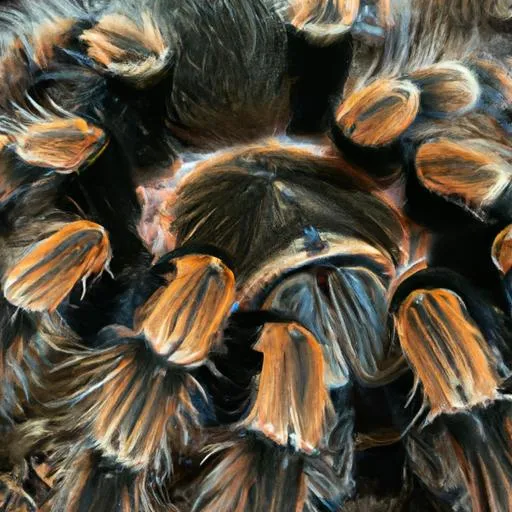
The venom of a curly hair tarantula is relatively mild compared to some other spider species. Its primary effects are localized to the bite area, causing pain, redness, and swelling. Some individuals may experience more pronounced reactions due to sensitivities or allergies. The venom’s composition is designed to incapacitate the tarantula’s prey, which often includes insects, but it is not highly potent against mammals. Even though the venom is not highly toxic, it’s still important to treat a bite carefully and monitor for any unusual symptoms.
Symptoms of a Tarantula Bite
Recognizing the symptoms of a curly hair tarantula bite is essential for providing the correct care. Symptoms can vary from person to person, but understanding what to look for will help you respond quickly and effectively. Knowing the typical signs, from immediate reactions to potential delayed symptoms, enables you to make informed decisions about your health and well-being. Prompt and accurate assessment of these signs is crucial in managing any discomfort and preventing secondary complications.
Immediate Reactions
The most common immediate reaction to a curly hair tarantula bite is sharp, localized pain at the bite site. The pain may be similar to a bee sting, burning or throbbing. Redness and swelling around the bite area are also typical. In some cases, there might be a small amount of bleeding from the puncture wounds made by the tarantula’s fangs. These immediate reactions typically subside within a few hours, but it’s vital to monitor the area for any worsening of symptoms.
Delayed Symptoms
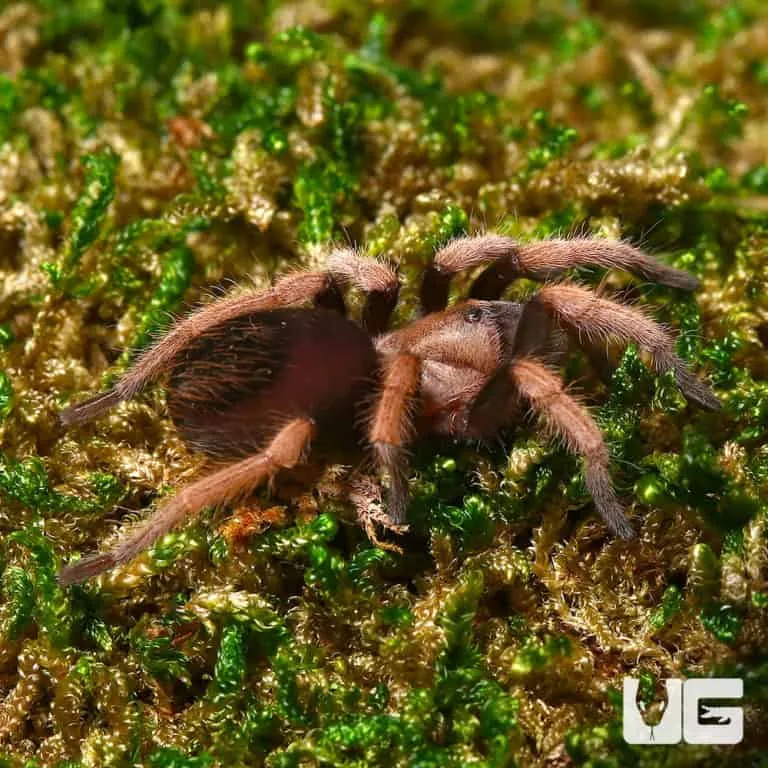
Delayed symptoms from a curly hair tarantula bite are rare, but they can occur. These may include increased swelling, more intense pain, itching, or the development of a rash around the bite. Some individuals might experience muscle cramps or spasms, particularly near the bite area. In rare instances, there may be symptoms of a mild allergic reaction, such as hives or difficulty breathing. If any delayed symptoms appear, it’s important to seek medical attention promptly to rule out any complications and receive the appropriate treatment. See an image for bite symptoms.
First Aid for Tarantula Bites
Knowing how to administer first aid can significantly reduce discomfort and promote healing after a curly hair tarantula bite. These steps should be taken immediately to minimize the bite’s effects. Proper first aid is crucial to mitigate the immediate symptoms and reduce the risk of infection or other complications. Following these guidelines can help you manage the situation effectively, reducing the chances of severe reactions and supporting a speedy recovery.
Initial Steps
The first step after being bitten by a curly hair tarantula is to remain calm. Wash the bite area thoroughly with soap and water to remove any venom from the surface of the skin. Gently clean the wound and surrounding area, but avoid scrubbing, as this could worsen the irritation. Applying a cold compress or ice pack to the bite site can help reduce pain, swelling, and inflammation. If the bite is on a limb, elevating the limb can also help minimize swelling.
Wound Care
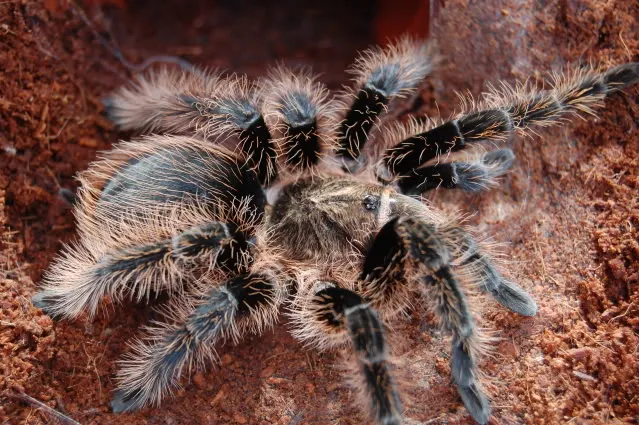
After cleaning the wound, keep an eye on it for any signs of infection, such as increased redness, warmth, pus, or fever. You should cover the bite with a clean bandage to protect it from dirt and further irritation. Change the bandage daily, or more frequently if it becomes wet or dirty. Avoid scratching the bite, as this can worsen the irritation and increase the risk of infection. Proper wound care promotes faster healing and reduces the potential for complications.
Medical Attention
While most curly hair tarantula bites are not severe, you should seek medical attention if the symptoms worsen or if you experience any signs of an allergic reaction. This includes difficulty breathing, dizziness, or widespread hives. A medical professional can assess the bite, provide appropriate treatment, and rule out any serious complications. If you are uncertain about the severity of the bite, it is always best to err on the side of caution and consult a doctor. Get medical attention as soon as possible.
Treatment and Recovery
The treatment for a curly hair tarantula bite focuses on managing the symptoms and promoting healing. Most bites can be managed at home with proper care. Medical treatments and home remedies can ease discomfort, reduce inflammation, and prevent complications. Following these guidelines can expedite recovery and ensure that the bite heals properly. It’s crucial to tailor your care according to the severity of the symptoms and to seek professional medical assistance when necessary.
Medical Treatments
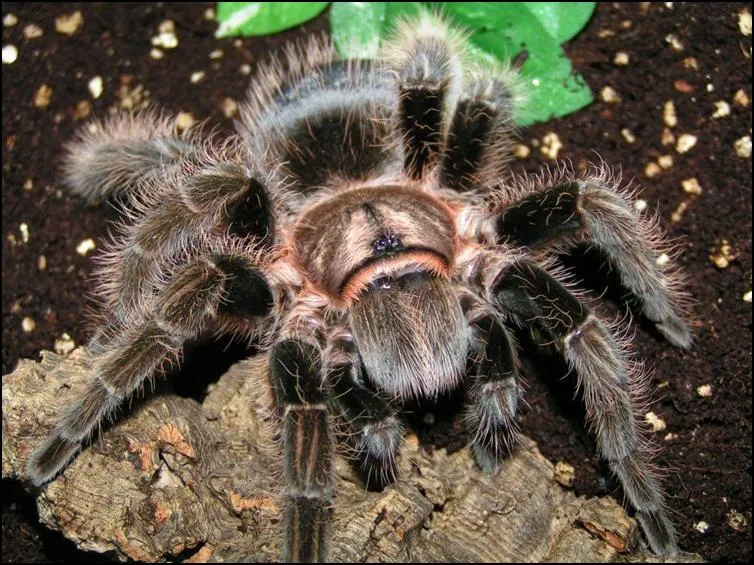
In some cases, a doctor may recommend over-the-counter pain relievers, such as ibuprofen or acetaminophen, to manage pain and reduce inflammation. For more severe symptoms, the doctor might prescribe antihistamines to alleviate itching and allergic reactions. In rare cases of secondary infections, antibiotics might be necessary. Following the doctor’s recommendations for medication is essential for effective treatment. If the wound is infected, your doctor may prescribe antibiotics. Do not take any medication without medical advice.
Home Care
Home care involves several measures to aid in recovery. Continue to keep the bite area clean and dry. Applying a cold compress several times a day can help reduce pain and swelling. Elevating the affected limb can further reduce swelling. Over-the-counter topical creams, such as hydrocortisone, might help with itching. It’s important to avoid scratching the bite area to prevent secondary infections. Follow your doctor’s instructions and monitor for any changes in symptoms.
Preventing Tarantula Bites
Preventing tarantula bites is essential for keeping yourself and your pets safe. Proper handling techniques and habitat management can greatly reduce the risk of being bitten. Awareness, caution, and adherence to safety guidelines are critical to avoid bites and ensure safe interactions with these fascinating creatures. With knowledge and care, you can mitigate risks and enjoy a safe experience with your tarantula.
Safe Handling
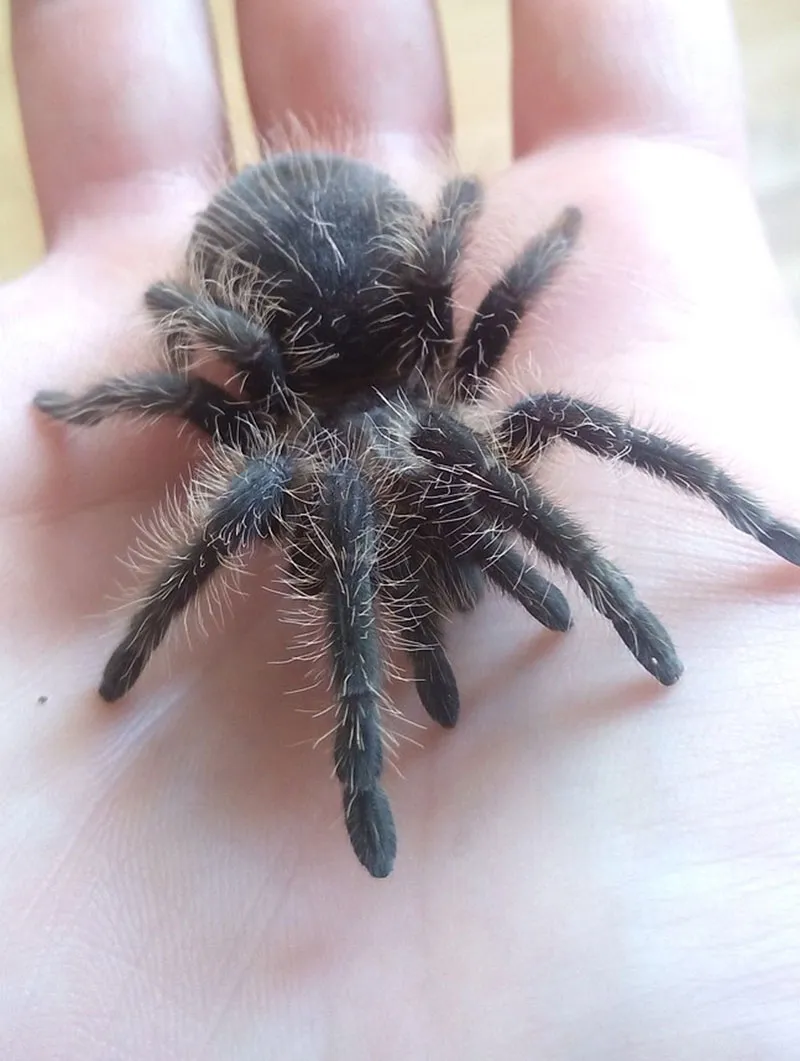
When handling a curly hair tarantula, it’s crucial to handle the spider with extreme care and caution. Avoid handling the tarantula unless necessary, such as for cage cleaning or health inspections. Always use a soft brush to gently guide the tarantula into a secure container or to move it to a different location, minimizing the need for direct contact. When you do need to handle the tarantula, do so slowly and deliberately to avoid startling it. Remember, sudden movements can trigger a defensive reaction, potentially leading to a bite. Handle with confidence and avoid being too close to your face to prevent injuries.
Habitat Safety
Creating a safe habitat for your curly hair tarantula is also a key part of bite prevention. Ensure that the enclosure is secure and escape-proof. Avoid placing the enclosure in high-traffic areas where accidental disturbances might occur. Provide the tarantula with a spacious enclosure with the appropriate substrate, humidity, and temperature levels to minimize stress. When cleaning the enclosure, always do so slowly and gently. A stressed tarantula is more likely to bite. A safe habitat equals a healthy, less aggressive tarantula.
When to Seek Medical Help
While most curly hair tarantula bites are not severe, it’s important to know when to seek medical help. Consult a doctor if you experience severe pain, difficulty breathing, or signs of an allergic reaction, such as widespread hives or swelling. If symptoms worsen despite home treatment, or if you see any signs of infection, such as increasing redness, pus, or fever, seek immediate medical attention. Prompt medical care can prevent complications and promote a swift recovery. Your health and safety always come first; don’t hesitate to seek medical advice when necessary.
